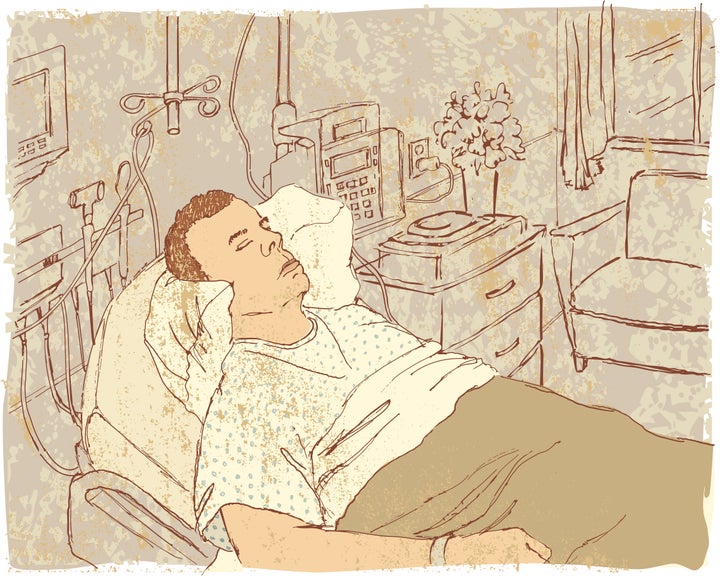
One in four patients with sepsis are still not getting treatment fast enough despite being in hospital, according to new research.
Guidelines state that once hospital staff suspect a patient may have sepsis they need to be put on an antibiotic drip within an hour.
But the findings by BBC News suggest 25% of patients are being made to wait longer, potentially putting their lives at risk. And in some hospitals over 50% of patients face delays.
Sepsis, often dubbed the “hidden killer”, because the symptoms are hard to spot, is an infection of the blood and it develops because of an over-reaction by the immune system.
The infection can come from anywhere (even a small cut or insect bite) but if left untreated can result in organ failure and even death. The Sepsis Trust believes there are about 250,000 cases every year in the UK – and more than 50,000 deaths.
Dr Ron Daniels, CEO of the Sepsis Trust said: “Despite the fact that the overwhelming majority of trusts are using our clinical tools, the problem of sepsis is more prevalent than ever.”
The last few years there has seen a huge campaigning effort by the Sepsis Trust and other groups to educate medical professionals on the sepsis red flags and give them detailed guidance on monitoring patients. This guidance suggests antibiotics must be given via a drip within 60 minutes of any potential diagnosis.
Since 2016 hospitals in England have had to report how well they are identifying and treating sepsis with a small part of their budget (less than 1%) ring-fenced to help do so.
The awareness raising is having some impact – this time last year a third of patients weren’t getting treatment within the hour – but there is still a way to go.
In Wales, 71% of A&E patients and 83% of hospital patients had antibiotics within an hour, alongside checks and tests. Neither Scotland or Northern Ireland could provide any recent figures to the BBC.
Dr Daniels said: “This report shows that we’ve made great strides in the right direction when it comes to caring for those with sepsis, but it also shows that there is more to be done to improve sepsis care.
“We must now urgently focus our attentions on further improving the identification and treatment of sepsis.”
What are the symptoms of sepsis?
In adults: slurred speech, extreme shivering or muscle pain, passing no urine in a day, severe breathlessness, high heart rate and high or low body temperature and skin mottled or dis-coloured.
In children: looks mottled, bluish or pale, very lethargic or difficult to wake, abnormally cold to touch, breathing very fast, a rash that does not fade when you press it, a seizure or convulsion.